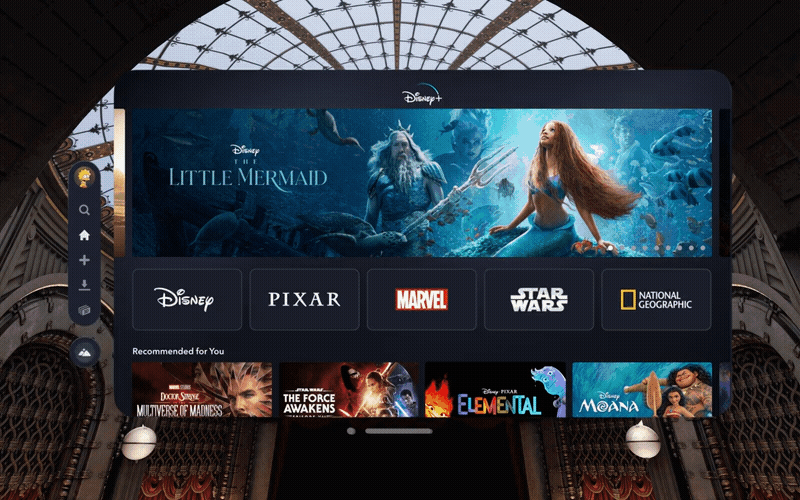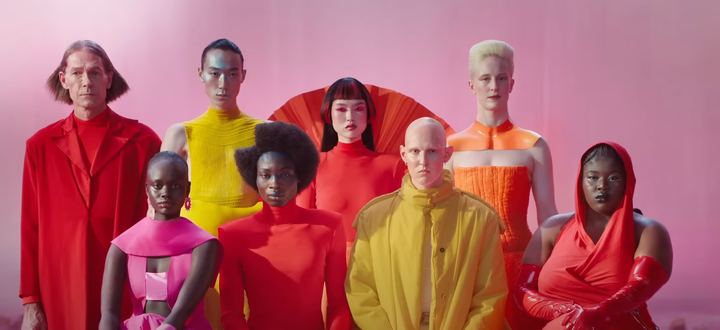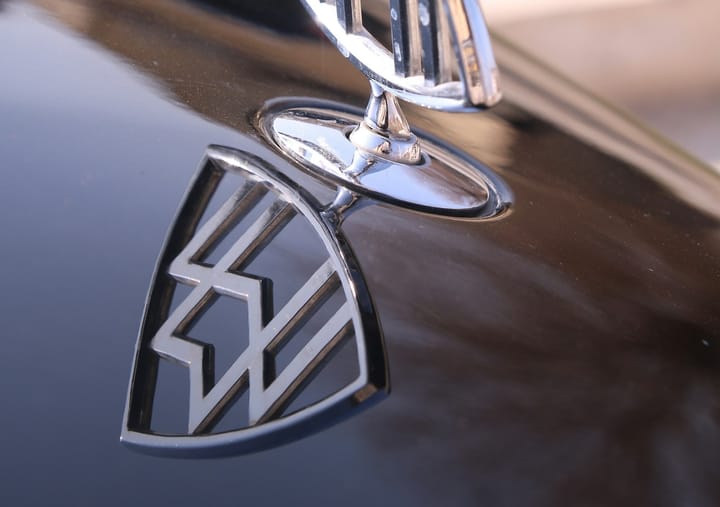The clearest signal about EV becoming mainstream? Mercedes is getting into charging networks

One of the simplest level-ups you can have when trying to develop a strategic mindset is understanding the difference between a product and a business model. And when I say simple I might be a tad optimistic.
Here's an example in the automotive market: if you want to know if electric vehicles (EVs) are becoming mainstream or not, you might consider how many units are sold in a region or country. Fair.
Fair but insufficient. Product penetration is only a symptom, and early on, it can be very deceptive when innovators and early adopters get in but the core market is still not touching the new offer. It's also putting a lot of trust in the fact the market is entirely deciding what's going to happen. Don't manufacture enough EVs and the penetration will halt no matter what consumers and businesses want!
Now, step back and consider the full value chain.
To get EVs at scale in the market, you need to have business models running properly. This asks for a full value chain committed to the new technology. In turn, this means enough battery production, enough distribution capabilities, and, almost as importantly, enough charging stations. This last part of the value chain is most certainly the key objection customers still have. Not enough charging stations means keeping the infamous 'range anxiety' at the forefront of consumers' worries, but it also prevents them from acquiring new behaviors. Like stopping for 20 min every 200km or so to top up your EV.
In that regard, one of the latest most positive signals for EVs in Europe is Mercedez-Benz finally getting the memo and investing in its own charging infrastructure.

The aim here is solid (if late). Accessing a premium charging experience should be part of the high-value pack you get with a Mercedes. No shame in stealing Tesla's early playbook here; it's not innovative anymore but 100% necessary.
This logic could be applied to any other potential change in any market. Whenever a new product starts to approach potential core market adoption, ask if the value is ready. Who is moving in sooner than the rest of the pack? Who's investing in different capabilities necessary to sustain the new offer? Etc. Just like when Amazon and Google were built around investments in massive cloud infrastructure.

In a completely different market, here's a very recent example of priming a new product's value chain with proper "fuel."
And sometimes, it's also about cutting investments in the soon-to-be-obsolete previous business model. Ask them Mercedes when they'll drop off their network of third-party concessions to refocus their EV offer around (a) online and (b) a select network of flagships.
Stealing from Apple's playbook is okay, too.





